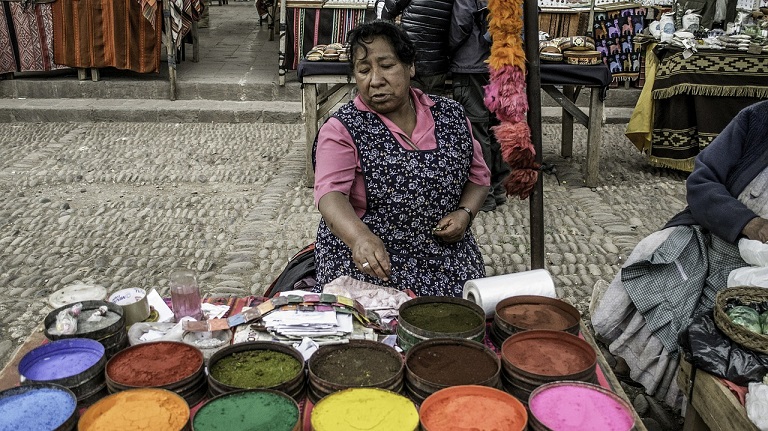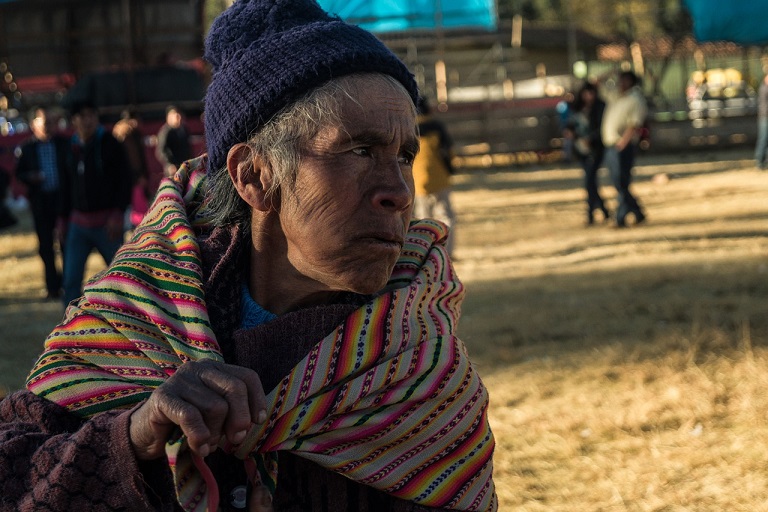It seems that one of the unifying elements of the popular insubordination in Peru is the indignation at the pain caused by the massacres and the growing popular agenda that is gaining ground in the national political narrative: Resign all, new elections, a new Constituent Assembly, Castillo free.
 Ollantay Itzamná
Ollantay Itzamná
The anti-democratic dismissal of Pedro Castillo on 7 December was the last straw for the patience of the rural popular sectors, who were already annoyed by the abusive actions of business agents in different territories in the interior of the country, and even annoyed by the colonising and abusive presence of the Peruvian nation state itself.
With few exceptions, Lima’s intelligentsia is always loyal to the interests of the bicentenary “project of internal colonialism” established by the Peruvian republic: from academic institutions it tried to install the fiction of the Peruvian nation project in the imaginary of the middle class and popular sectors, and intellectualised congenital racism by expelling from the official narrative the presence of the peoples of “all bloods” as citizens or socio-political subjects.
Now that the popular insubordination has broken out, with its own narratives, the Lima intelligentsia has opted to discredit and persecute even the Quechua and Aymara who have mobilised in the streets. And, unable to delegitimise them as authentic socio-political subjects in the country of darkness, they now simply watch from the sidelines.
The corporate press in Lima was practically undressed in its constitutive racism by the actors mobilised in the streets, who showed and showed live everything that the Lima press hid or tried to hide.
 If the mass rejection of the corporate press was already growing even before the massacre of the 50 Peruvian men and women mobilised, now this growing rejection has turned into popular repudiation. Corporate reporters have even been expelled from acts of social protest, in some cases even physically attacking their facilities or infrastructure.
If the mass rejection of the corporate press was already growing even before the massacre of the 50 Peruvian men and women mobilised, now this growing rejection has turned into popular repudiation. Corporate reporters have even been expelled from acts of social protest, in some cases even physically attacking their facilities or infrastructure.
Peru’s political and economic elites, having lost control of the population, proceeded through their media to exercise their “last weapon” of historical colonial control: punishing and chastising the insubordinate population. In less than two months, the usurper president has issued two or three states of emergency, including a curfew.
However, the mobilised population, far from being frightened by the massacres, even during curfew hours, continued, and continue to continue, to call themselves together, blocking roads, occupying public and private spaces and buildings.
The mobilised population lost their fear of the state’s weapons, and the state lost its authority even with the use of the monopoly of violence. Today the country’s main roads, several departments, provinces and districts are in a state of emergency, but rivers of people of all bloods continue to arrive in Lima for the national strike.
The Peruvian oligarchy, having failed to build authority/state throughout the territory of Peru, subsisted for two centuries of the republic between fear of the “brutality of the Indians coming down from the hills” and the exercise of its violent authoritarianism (punishing, chastising the Indians who rebelled).
 At the moment, they have already punished and chastised the people and popular sectors mobilised in the streets, including 50 killed by state ammunition, but the insubordinate population, far from panicking or moaning, is roaring louder and advancing directly, from different routes of the country, to the city of Lima.
At the moment, they have already punished and chastised the people and popular sectors mobilised in the streets, including 50 killed by state ammunition, but the insubordinate population, far from panicking or moaning, is roaring louder and advancing directly, from different routes of the country, to the city of Lima.
It is said that at this grim and tense juncture, Dina Boluarte, who no longer makes any decisions in the executive, awaits the fatal moment of her fall and her immediate imprisonment for dozens of murdered and wounded. The political and military decision-makers in the country are the two former military officers strategically placed in power by the Peruvian oligarchy: the President of the Council of Ministers and the President of the Congress of the Republic.
There is no certain hypothetical short-term scenario for a Peru in mourning between state arms and the streets. The only certainty is that this conjuncture revealed racism and authoritarianism as constituent elements of the state and of Peruvian bicentenarianism.
(Translated by Cristina Popa – Email: gcpopa83@gmail.com) – Photos: Pixabay












.jpg)












